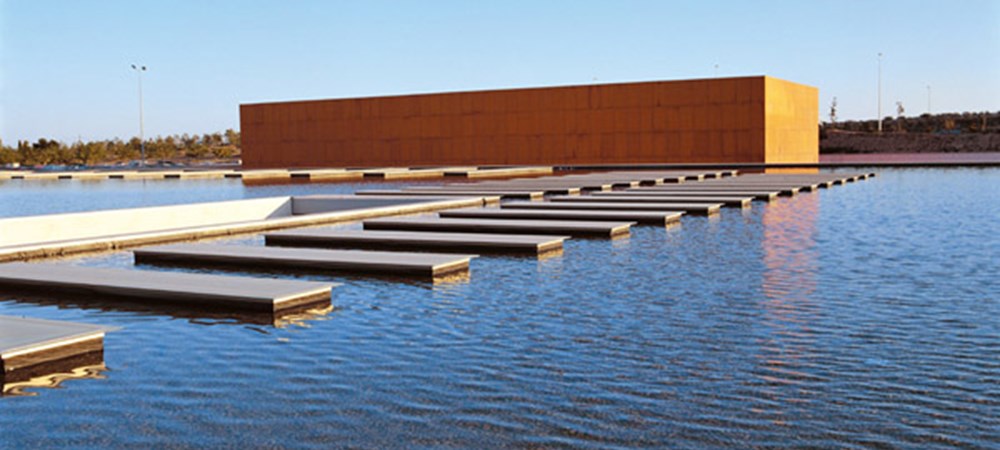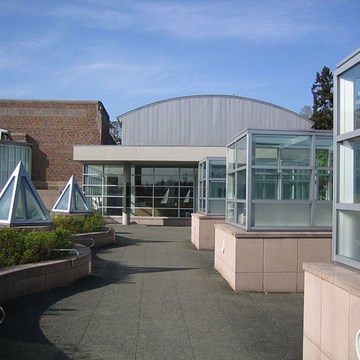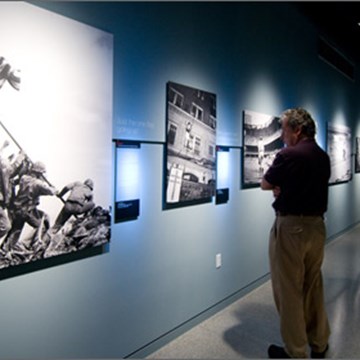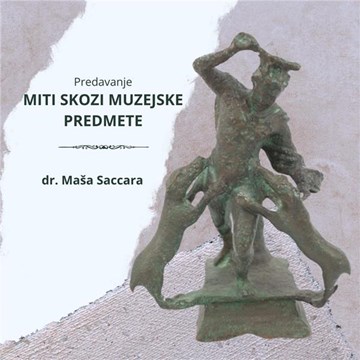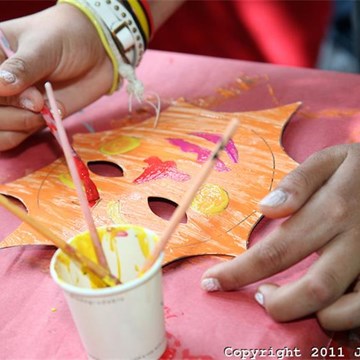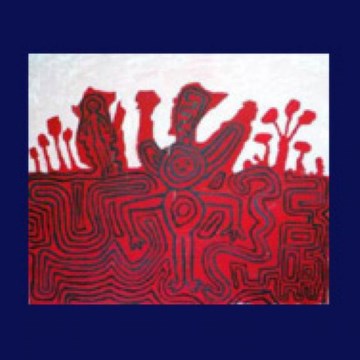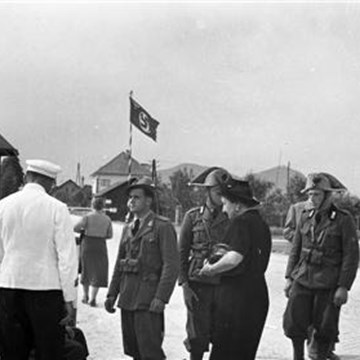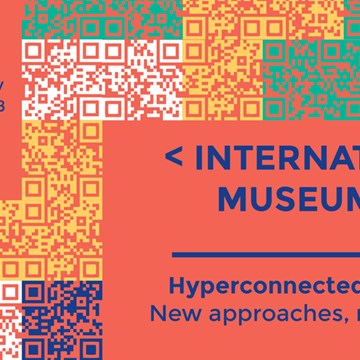MUA. University of Alicante’s Museum
Museo de la Universidad de Alicante
The Museum of the University of Alicante (MUA) constitutes a pioneering project in the Spanish university setting due to its innovative architectural conception and its museographic proposal, based in the alternation of temporary scientific artistic and patrimonial exhibitions.
Created in 1999, the MUA was conceived as an effective instrument to provide integral education of students, by means of initiatives that contribute to promote their sensitivity and provide more thoughtful knowledge of our condition, society and history.
The main mission of the MUA is to turn into a space for cultural revitalisation, learning, meeting and contrast, allowing the approach of innovation and own experimentation of the university context and contemporary art to all society. In this sense, the museum becomes a socializing agent of knowledge and a vehicle for the activation of the cultural life of the community.
Apart from its own museographic collection, integrated by contemporary artistic works of creators such as Pablo Picasso, Joan Miró, Eduardo Chillida, Eusebi Sempere, Arcadi Blasco, etc., the MUA presents each season a score of temporary exhibitions, among samples of contemporary art, dissemination activities of the university research and institutional projects in which all the society of Alicante is involved. Thus, the university museum becomes an open space for cultural dissemination, in which art, music, cinema, architecture and research in different fields come together.
Every year, the museum is a meeting point for students of several specialities –Architecture, Education, Tourism, Sociology, Advertising, etc.–, that take advantage of the museum premises for training purposes, didactic workshops headed to school groups, being aware of the possibilities of the museum spaces as a tourist and heritage-related resource, connecting the knowledge taught in the classroom with the most social slope of the museum exhibitions, designing dissemination experiences or exhibiting the result of academic proposals and prizes.
The MUA has hosted up to date several courses and workshops on the conservation of contemporary art, on the representation of the body in the present times, on the recovery of the historical memory of women since the artistic creation, or on tools of software and free hardware to create interactive environments in any field of knowledge. In the same way, the premises of the museum are, every year, the stage of several academic or educational events, organized by different university areas, opening or reception ceremonies of conferences and international seminars, awarding of graduate titles, round-tables, national meetings, presentations of books, projections of documentary, training seminars, innovation forums, technological workshops or meetings of university presidents.
The MUA has turned into a reference centre for the educational community of our geographic field, which actively takes part in the didactic workshops and active visits proposed around the permanent collection and temporary exhibitions. Promoting a cognitive and emotional approach to the artistic object and encouraging participation, creativity, experimentation and respect to any artistic exhibition, is the huge challenge of the MUA Area for Teaching Methods when designing activities –both extensive and expressive– in order to approach contemporary art to the public.
Also in the artistic field, the MUA has consolidated its position as a platform and transmitter for the artistic reflection, the dialogue and the research on the most recent plastic creation. The contest Corpòria: Representacions del cos en la contemporaneïtat (representations of the body in contemporaneous times) and the 6 editions of the announcement on plastic arts Mulier, Mulieris, that collect the interests of men and women artists on the feminine universe, show the commitment of the MUA with the contemporary artistic creation, that is diverse and multidisciplinary.
An average of 20,000 people visit year after year the premises of the MUA, of which around 8,000 take part in any of the activities included in the educational programmes designed.
Exhibitions and events
We don't have anything to show you here.
Educational programs
We don't have anything to show you here.
Collections
We don't have anything to show you here.

